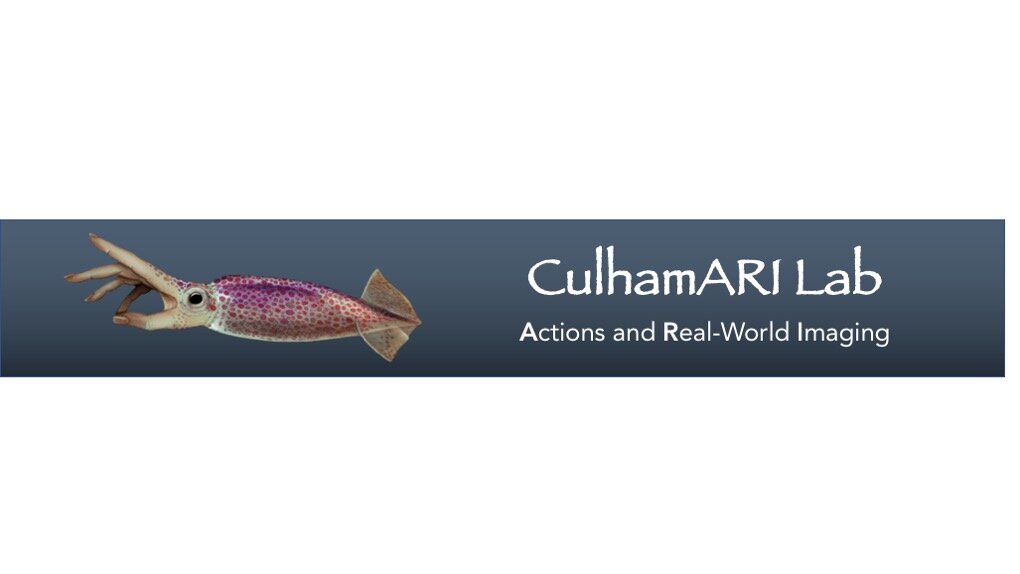1. Cut the text down to the absolute minimum
People do not like to read. The aversion to reading increases exponentially as the conference goes on. While one might be willing to read a whole poster on the first day, by the end it will be a struggle to read even the title. Your goals are (a) to get the passersby interested enough to look at the poster and (b) to make the take home message easily extractable.
Corollaries
Do NOT put an abstract on your poster.
Use point form wherever possible.
Keep background to a minimum.
Mention only essential methods (you can keep a copy of the details or manuscript with you to look something up if someone asks)
Keep reference lists to a minimum (can be in small font).
2. Make the key results stand out.
Do you have one main graph that tells the story? Make it the focus. Make it large enough that the key difference will stand out. Feel free to highlight the key info with colors or arrows pointing to the main result. You will spend the bulk of your time pointing to the key figures so make sure they are not at the bottom of the board where it's uncomforable. Make sure the key figures are big enough that viewers can see them clearly even if you have a crowd.
If you have data from control experiments, make it secondary. It should be there if you need it, but focus on the important stuff.
3. Tailor your overview to your listener.
Don't spend 10 minutes explaining the phenomenon you're investigating to the guy who discovered it. Don't assume that someone wandering by knows everything about the topic. You may start by probing, e.g., "Are you familiar with the motion aftereffect?" Then be sensitive to your listener's body language to see whether they appear confused or impatient.
4. Don't hijack your listener
There is nothing worse than being kidnapped by someone who wants to spend forty minutes detailing the minutiae of their study, especially if it's something you weren't that interested in to start with. If someone looks interested, say something like, "Would you like the three minute summary? ", if they want to know more, they will ask questions.
5. Don't ignore your listener
It's often difficult with posters to give attention to everybody who pops by. If you have just started your spiel when a newcomer comes along, give them a very quick summary of what you've already told the first person. If you are halfway through, make eye contact with the newcomer to acknowledge you're aware that they are there and will get to them soon. Try not to let one listener dominate your time with questions while others are waiting (though this can be delicate if the person is a big wig). While it's great to run into old friends and colleagues, don't diss people interested in your poster to catch up with your buddies. Arrange to meet your friends for lunch or beer another time or invite them to come by when your session is over.
6. Make copies of your poster available
People will often want a copy of your poster. The simplest options are either to make handouts available or to make it downloadable from your website (cheaper if your poster involves expensive color ink). If you don't do this and people ask you to e-mail a copy, follow through as soon as you return.
